The opioid crisis continues to wreak havoc across Northern British Columbia, with Indigenous communities bearing a disproportionate burden. Since 2016, more than 16,000 people have died in the province due to illicit drugs, with First Nations communities experiencing severe impacts.
In the first half of this year, there were 115 drug-related deaths in Northern B.C., out of a total of 1,158 across the province. First Nations women in the North have been hit hardest, dying at a rate 11.7 times higher than other women last year.
A report from the First Nations Health Authority, released in December, reveals the severe toll on these communities. Despite making up 14.8% of the Northern population, First Nations people accounted for 46.1% of overdose deaths. This represents a death rate five times higher than that of other residents.
Julie Morrison, Vice President of Operations at the First Nations Health Authority, highlighted the ongoing crisis and the lack of necessary resources in the region. Northern B.C. has only two treatment facilities, both in Prince George, and lacks supportive housing and detox beds found in other areas. B.C. has the fewest treatment centers compared to other provinces.
In response, the First Nations Health Authority is promoting anti-stigma efforts and healing-based dialogues within affected communities. They are distributing around 100 grants annually, each worth $2,000, to support awareness initiatives and programs.
To raise awareness and support, a candlelight vigil will be held in Prince George on August 31, featuring naloxone training and harm reduction supplies. The following day, a purple flag will be raised at 11 a.m. in solidarity with the cause.
Morrison addressed the frequent misunderstanding of addiction, noting that many people question why those struggling with addiction don’t simply quit. She stressed the need for greater compassion and empathy, emphasizing that addiction is a health issue, not a lifestyle choice.




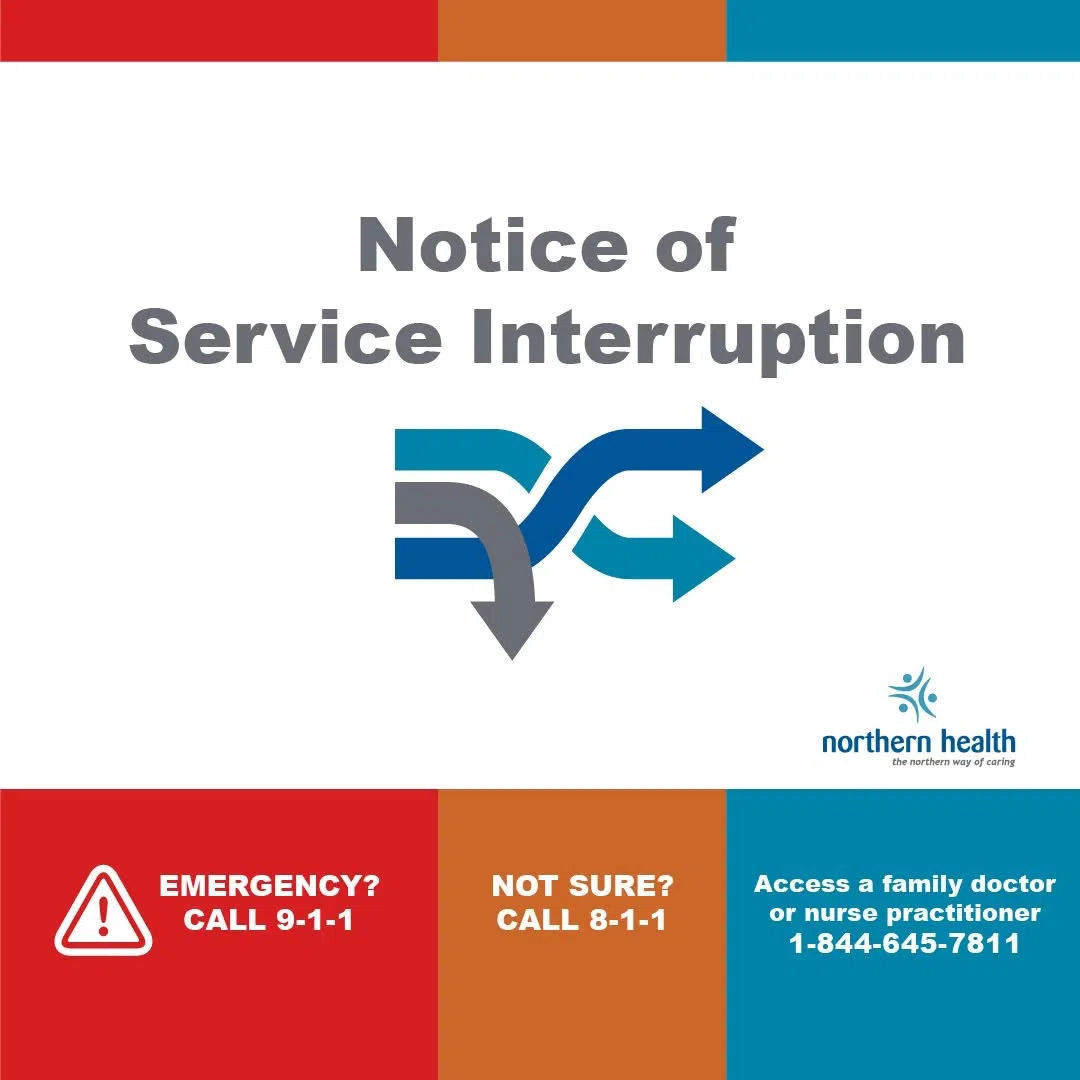
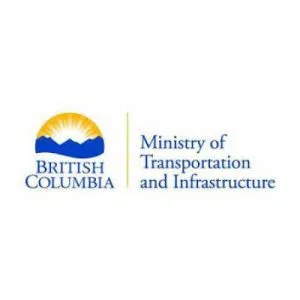
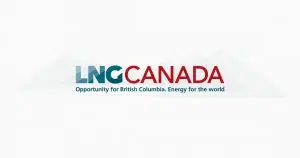

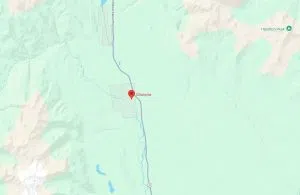
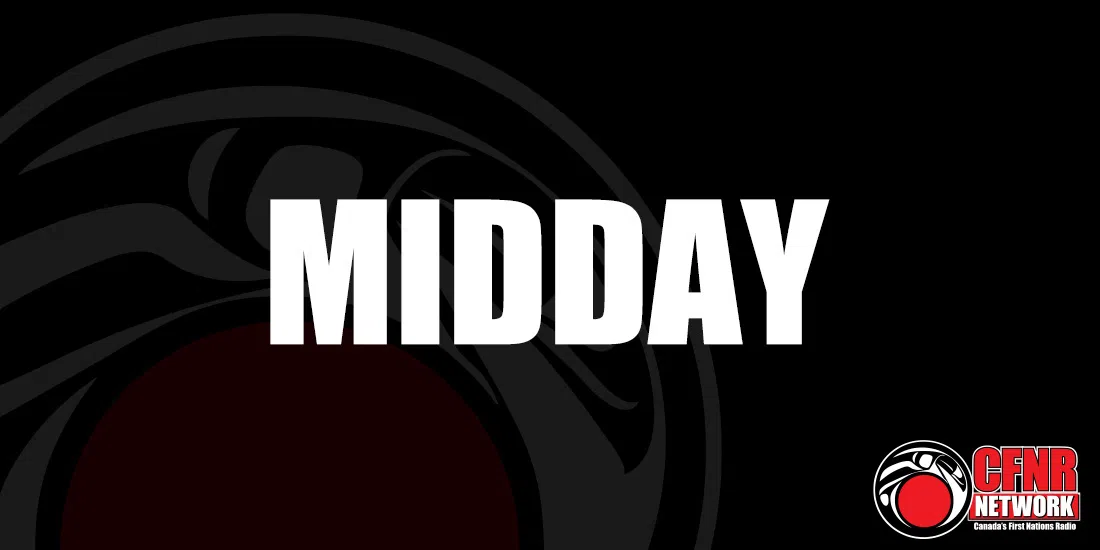
Comments